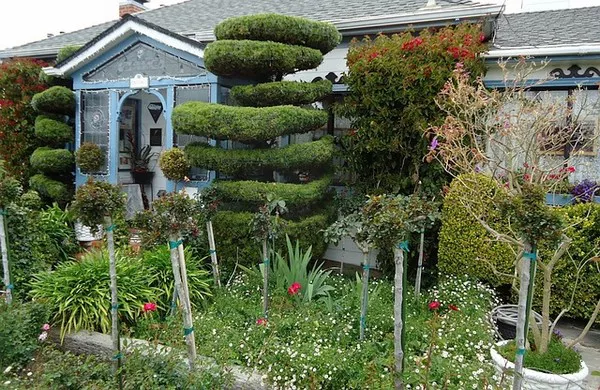Pollination is a crucial process in the reproduction of flowering plants, wherein pollen is transferred from the male reproductive organ (anther) to the female reproductive organ (stigma). While many plants rely on external agents like insects, wind, or animals to achieve pollination, some species can self-pollinate, allowing them to reproduce without outside assistance. In this article, we will explore the art of self-pollination and the various techniques gardeners can employ to successfully pollinate their own plants.
Understanding Self-Pollination
Self-pollination occurs when the pollen from the same plant’s flower lands on its own stigma or on another flower of the same plant. This process is common in certain plant species, especially those that inhabit isolated environments or have evolved to adapt to specific conditions.
Advantages of Self-Pollination
Self-pollination offers several advantages to plants, making it a beneficial trait in certain environments:
Consistency: Self-pollinating plants can consistently produce seeds and fruits, regardless of external factors like pollinator availability or weather conditions.
Isolation: In isolated environments where external pollinators are scarce or absent, self-pollination allows plants to maintain their population and genetic diversity.
Rapid Reproduction: Self-pollination can accelerate the reproductive process, ensuring the survival of the species even in challenging habitats.
Genetic Purity: Self-pollination helps preserve the genetic characteristics of a specific plant, ensuring the offspring are almost genetically identical to the parent.
Controlled Breeding: For horticulturists and plant breeders, self-pollination provides a reliable method to maintain desired traits in a plant’s progeny.
Techniques for Self-Pollination
Successfully pollinating plants manually requires careful attention to detail and a basic understanding of the plant’s reproductive anatomy. Here are some common techniques for self-pollinating plants:
Hand Pollination:
Step 1: Identify the Flowers – To begin, identify the flowers that are ready for pollination. Look for flowers that have fully opened and display mature anthers and stigmas.
Step 2: Select Pollen Source – Identify the flower from which you want to collect pollen (the male parent) and the flower that will receive the pollen (the female parent).
Step 3: Collect Pollen – Gently tap or shake the anther of the male parent flower to release pollen onto a small container. You can also use a fine brush to collect the pollen.
Step 4: Apply Pollen – Carefully transfer the collected pollen to the stigma of the female parent flower. Ensure that the stigma is receptive, as this is when it is most likely to accept pollen.
Bagging Flowers:
Bagging is a technique that involves enclosing the flowers before they open to prevent external pollination. This method is especially useful when you want to cross-pollinate two different plants while maintaining controlled conditions.
Step 1: Choose the Flowers – Select the flowers you wish to cross-pollinate. Identify a male parent and a female parent.
Step 2: Bag the Flowers – Before the flowers open, cover them with small, breathable bags or netting. This will prevent external pollination from insects or wind.
Step 3: Pollinate the Flowers – Once the flowers have matured, gently remove the bags and pollinate the female parent with pollen from the male parent.
Step 4: Re-bag the Flowers – After pollination, re-bag the pollinated flowers to protect them from potential contamination.
Emasculation:
Emasculation involves the removal of the anthers from the female parent’s flower to prevent self-pollination and allow for controlled pollination.
Step 1: Identify the Flower – Choose the flower to be emasculated, ensuring it is at the right stage of development.
Step 2: Remove Anthers – Using fine forceps or scissors, carefully remove the anthers from the flower, ensuring not to damage the stigma.
Step 3: Pollinate the Flower – After emasculation, introduce pollen from the desired male parent onto the stigma of the emasculated flower.
Selfing:
Selfing is a technique used to fertilize flowers with their pollen by manipulating the flower’s positioning.
Step 1: Position the Flower – Gently bend the flower’s stalk to bring the anther and stigma into close contact.
Step 2: Promote Self-Pollination – This positioning encourages the transfer of pollen from the anther to the stigma of the same flower.
Conclusion
Self-pollination is an essential process that allows certain plants to reproduce efficiently and maintain genetic integrity. By understanding the techniques involved in self-pollination, gardeners, horticulturists, and plant breeders can ensure successful reproduction and even experiment with controlled crosses to produce new and unique plant varieties. Careful observation and precision are key to mastering self-pollination techniques and harnessing the potential benefits they offer in the world of plant propagation. So, whether you’re a gardening enthusiast or a professional botanist, self-pollination can open up exciting possibilities in your journey with plants.


